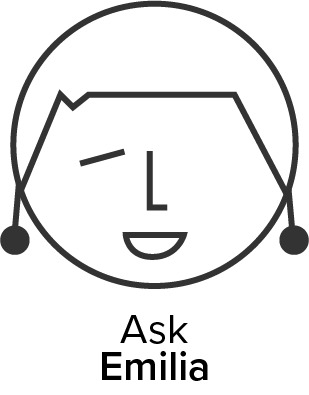The purpose of this page is to provide you with helpful resources that will help guide you in your innovation process. To simplify, we’ve split the process it into three main categories below: Challenges, Ideation, and Experimentation.
Challenges
Framing a challenge is one of the most critical steps in the innovation process. Defining a challenge properly will help you stay on point and determine the focus of your work. You may need to tweak the original challenge question several times before you have identified the right problem.
Checklist
Your challenge question …
- begins with, “How…”
- is only one sentence
- contains only one challenge
- does not hint at, or include, a path to a solution
- has an appropriate level of abstraction
- is clear and unambiguous
Example
“How might we predict the numbers of children separated from their parents in a displacement crisis?”
Some tools
5-whys-tool
How Might We
Problem Definition
Ideation
With your newly defined challenge in hand and a diverse range of perspectives, you can start the process of ideation – discovering and/or creating many ideas collaboratively. Bring together people with different background and expertise to begin generating ideas. There is no dumb idea and you should aim for quantity over quality. Engage your end-users and remember, diversity is king!
Checklist
- Have you checked what kind of solutions already exist?
- Do team members represent diverse professional backgrounds and come with different experience?
- Have the affected communities been engaged?
- Do you have a facilitator for your idea generation session?
Some tools
Creative exercises better than brainstorming
Brainstorming, brainstorm rules
Role of facilitator
Other idea generation tools
Experimentation
Keep it simple. Find out how you can run quick experiments to test your solutions (or parts of it) with the affected communities you’re working with. Continue to iterate and refine your idea/solution along the way. Remember that getting feedback from the affected communities is key, so ensure you are engaging them in the process.
Checklist
- Have you identified the key elements and assumptions you want to test?
- Have you engaged affected communities in the process?
- Have you had several iterations of your idea/solution?
- Have you documented the process well?
Check out our example experiments.
Some tools
Prototyping Framework
Rapid prototyping & get feedback & integrate feedback and iterate
Prototype testing plan
Download the Innovation Glossary
Is this page confusing?
Please reach out to us and give us feedback. Thank you.
Our favourite innovation resources

Ask Emilia: What is innovation?
Our colleague answers some of the most common questions we receive
Q: What is ‘innovation’?
A: When I deliver any innovation training, I like to use the OECD definition, which says innovation is, “The implementation of a new or significantly improved product (good or service), process, a new marketing method, or a new organisational method in business practices, workplace organisation or external relations (OECD). Innovation is an application of invention so that it creates value”.
Q: How can we innovate in the field? Shouldn’t the UNHCR Innovation Service be located in Silicon Valley?
A: Innovation is not about location, but about mindset, and a set of tools that help us to solve problems. Any environment can be turned into a place for innovation, but innovation is certainly not defined by geography.
Q: What is the difference between innovation and imitation?
A: Please see next question, or read this article.
Q: I’m confused, so innovation is not about technology?
A: Being confused can be the first, important step to mindset change! Innovation can be about technology but it is not only about it. Innovation doesn’t always mean new ideas, but can be applying old ideas in a new way or in a new context.

